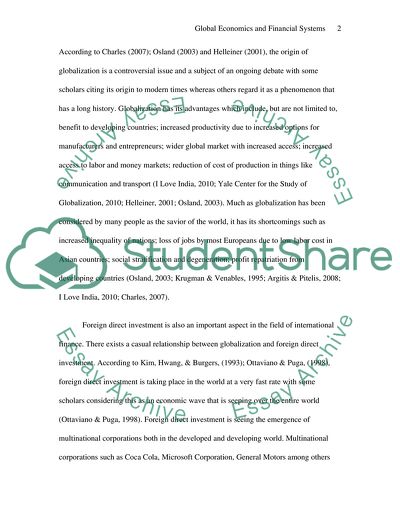Cite this document
(Gobal Economics and Financial Systems Research Paper, n.d.)
Gobal Economics and Financial Systems Research Paper. Retrieved from https://studentshare.org/macro-microeconomics/1741674-gobal-economics-and-financial-systems
Gobal Economics and Financial Systems Research Paper. Retrieved from https://studentshare.org/macro-microeconomics/1741674-gobal-economics-and-financial-systems
(Gobal Economics and Financial Systems Research Paper)
Gobal Economics and Financial Systems Research Paper. https://studentshare.org/macro-microeconomics/1741674-gobal-economics-and-financial-systems.
Gobal Economics and Financial Systems Research Paper. https://studentshare.org/macro-microeconomics/1741674-gobal-economics-and-financial-systems.
“Gobal Economics and Financial Systems Research Paper”, n.d. https://studentshare.org/macro-microeconomics/1741674-gobal-economics-and-financial-systems.


